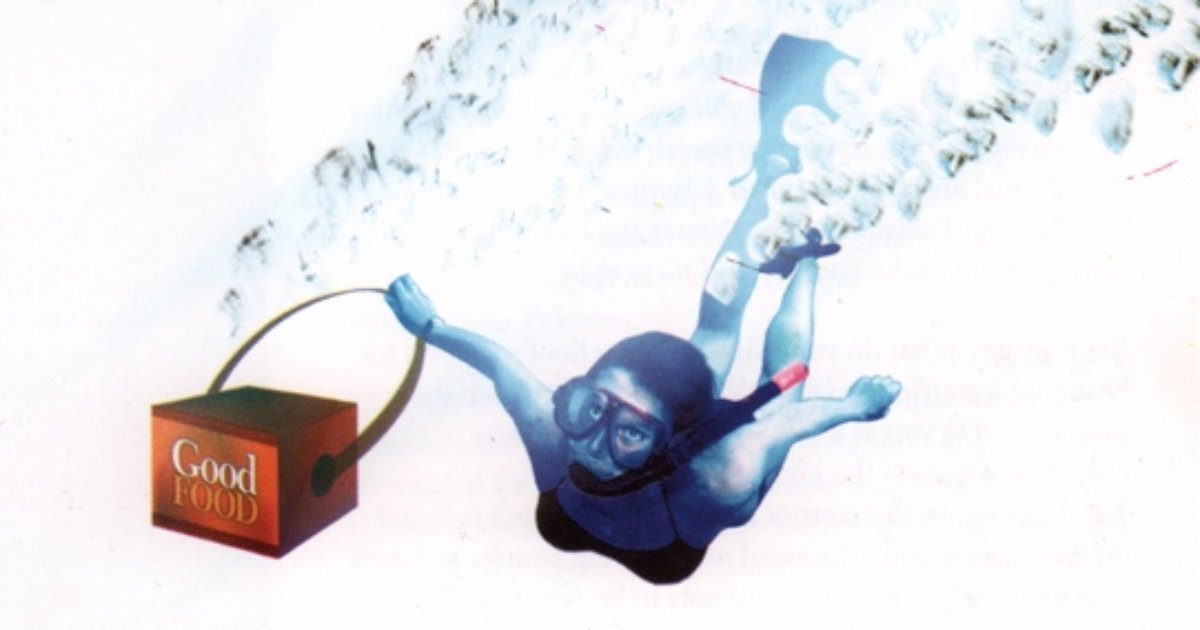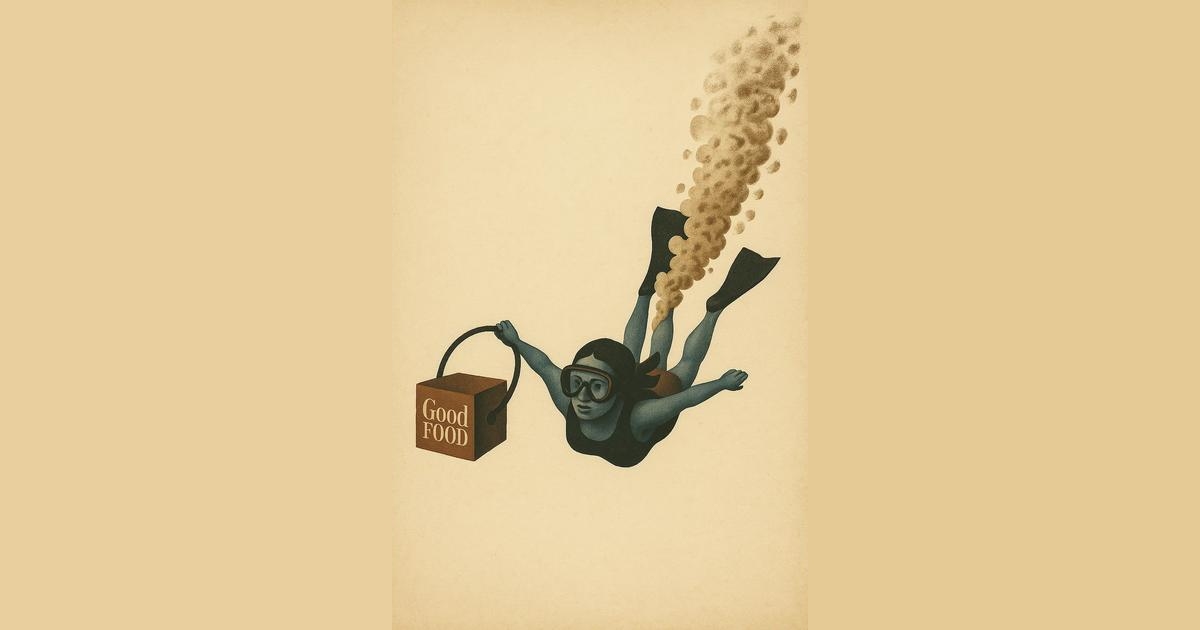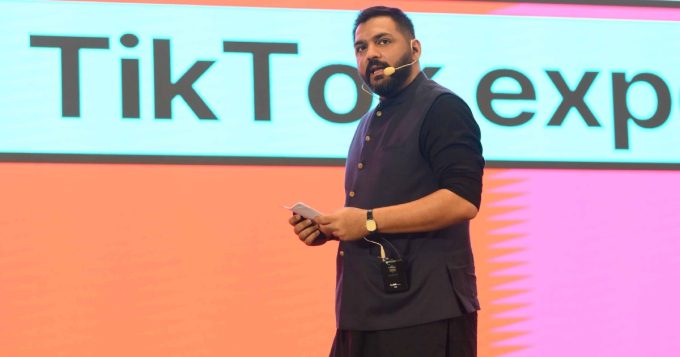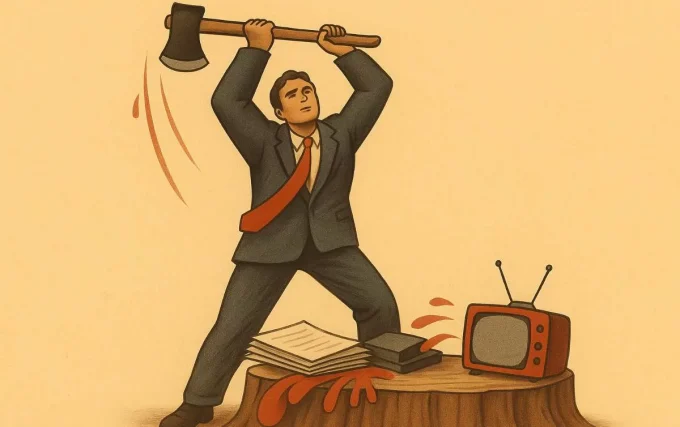Backlog Brilliance is a segment that takes you back in time, to the Synergyzer of Yesteryear. This particular piece is from 2004, the second issue of that year, written by Dr Shehzad Amin.
Dr. Shehzad Amin, CEO of Macro Management System, elucidates the principles to get to the customer.
A total marketing concept, direct marketing is a system of marketing that uses precision. Database targeting along with advertising and sales promotion to affect a measurable response and/or transaction. The direct marketing approach has evolved largely during the past ten years in Pakistan. The first generation of direct mail marketers concentrated on getting lists and sending direct mail pieces like letters and brochures to potential customers, mainly through credit card bills.

It was a “shotgun” approach directed at a broad range of customers. A second generation of direct marketers broadened their scope. Their scope consisted of different types of action, such as generating leads for salespeople, encouraging product trials, and other means of sampling the products. In addition to direct mail, they used a variety of media to send their messages, such as:
- Door to Door Contacts for Selling and/or Sampling
- Key Venue Sampling
- Town Storming
- Direct Mail Shots
- Cross Product Promotions
- Product Display & Demonstrations
- Store Intercepts
- Telemarketing
- School/College Activity
- Event Marketing

As direct marketers, our vision is not to make a sale; we must focus on getting a customer. Sales are important, of course (Where would marketers be without them?) But the name of the game is repeat sales rather than one-shots. And to have that, you need a customer. It is important to understand the core vital utilities of direct marketing, and only then can a marketer bring success to their campaigns. The following are 30 direct marketing principles which have been tested globally and practised by successful direct marketers in the country.
Thirty Direct Marketing Principles:
- BO per cent of repeat business for goods and services will come from 20 per cent of your customer base.
- The most important order you ever get from a customer is the second order because a two-time buyer is at least twice as likely to buy again as a one-time buyer.
- Maximising direct mail success depends, first on the list you use, second on the offers you make, and third on the copy and graphics you create.
- A follow-up to the list within 25 days will pull 40-50 per cent of the first mailing.
- Yes / No offers consistently produce more orders than offers that don’t request a “No” response.
- The “take rate” for negative option offers will always out-pull positive option offers at least two to one.
- Credit card privileges will outperform cash with orders at least two to one.
- Credit card privileges will increase the size of the average mail order/catalogue order by 20 per cent or more
- Time limit offers, particularly those that give a specific date, out-pull offers with no time limit practically every time.
- Free-gifts offer, particularly where the gift appeals to self-interest, out-pull discount offers consistently.
- You will collect far more money for your product in a fundraising effort if you promise to share a specific amount from a contributor.
- People buy benefits, not features.
- The longer you can keep someone reading/involved in your copy, the better your chances for success.
- The timing and frequency of your sales letters and renewals are vital. Avoid weekends.
- Self-mailers are cheaper to produce, but they practically never outperform envelope-enclosed letter mailings.
- It is easier to increase the average Rupee amount of an order as compared to increasing the percentage of response.
- Assuming items of similar appeal, you will always get a higher response rate from a 32-page catalogue than from a 24-page catalogue.
- A new catalogue to a catalogue customer base will out-pull cold list by 400 percent to BOO percent.
- A print ad with a bind-in response card will out-pull 600 per cent response as compared to one without a bind-in ad.
- A direct sale TV commercial of 120 seconds will out-pull a 60-second direct response commercial better than two to one.
- A TV support commercial will increase from a newspaper insert up to 50 per cent.
- The cost of following up on a qualified lead is two to four times as effective as cold calls.
- Telephone-generated leads are likely to close four to six times greater than mail-generated leads.
- Customisation of letters will produce a higher success rate.
- Keeping in view the culture and attitudes of potential customers can bring loyalty.
- Avoid arguments at the time of closing the sale.
- Understanding the customer’s needs and providing limited options can increase sale by 33 per cent as compared to bombing customers with multiple options.
- Remember, people judge largely by price. One should be very careful in pricing premium products.
- As a rule, response in coupon-bearing ads is improved when the coupon is close to the bottom of the page and the reader does not have to cut a hole in the page or remove the entire page.
- As a rule, your ad with a coupon will enjoy a better response when the coupon is large enough to be comfortably completed by hand.

Growth of Direct Marketing
In the year 2003, direct response advertising was the single fastest-growing segment of marketing communications. Direct marketing is such a promising growth area because it offers convenience, targeting, and sales efficiencies. The following are some specific reasons for the growth of direct marketing:
- The increase in the number of women in the workforce, two-career homes and the number of single-parent homes.
- The decrease in traditional shopping trends, a large number of young people looking for ways to shop without having to search for a parking place.
- The growing number of senior citizens.
- The widespread use of credit cards.
- Trying to aim and adapt Western culture regarding culture and shopping.











